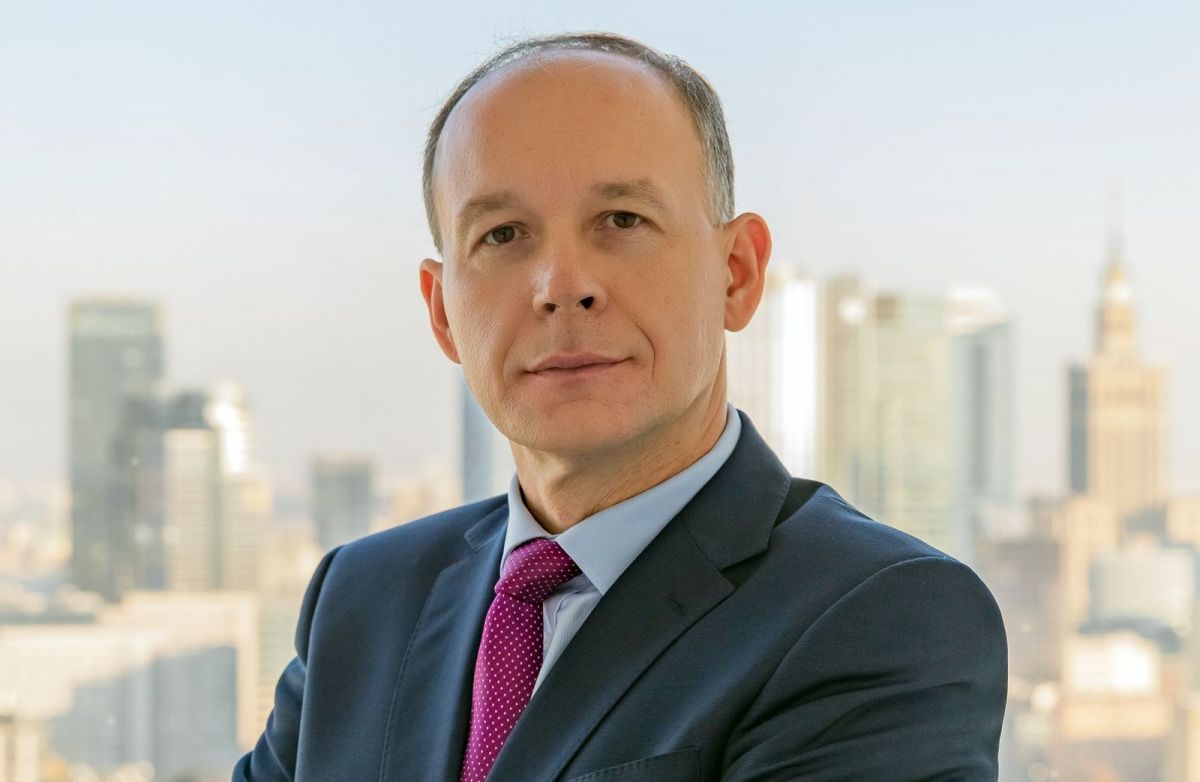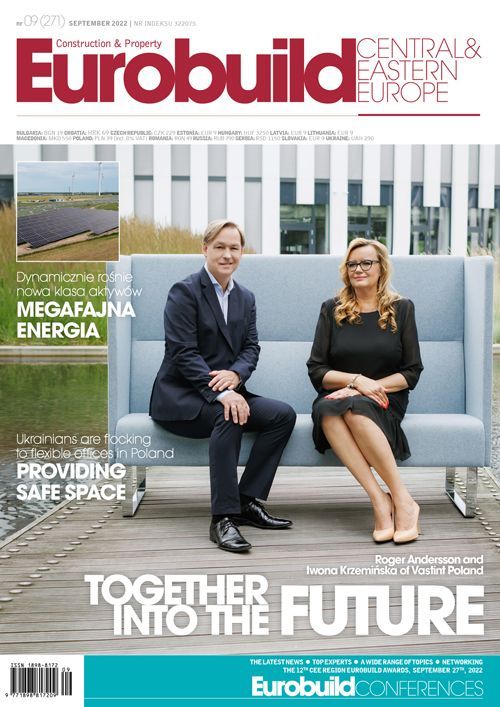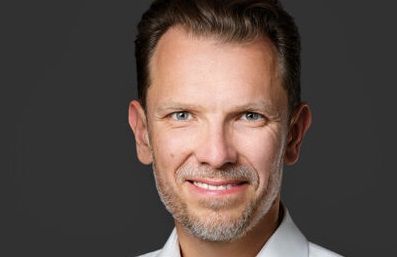According to a report by the Renewable Energy Institute, photovoltaic installations in Poland reached a capacity of 7.67 GW by the end of 2021, however by the end of this April, the figure had already reached 10 GW. By comparison, according to the Polish Energy Agency, by the end of 2021 wind farms in Poland were generating a total capacity of 7.1 GW. However, unlike wind farms, solar panelling in Poland is above all the domain of the prosumer and accounts for 80 pct of solar power generation.
Commercial solar power projects have only started to have an impact on power generation in recent years. In 2016, the 10H rule came into force, which set the minimum distance of a wind turbine from buildings or nature reserves as ten times its height, which in practice resulted in a freeze in the development of wind farms in Poland. Those companies that had up to this point been building such turbines, suddenly had to switch to solar panelling. “At the start of this century, we began to ta






























































